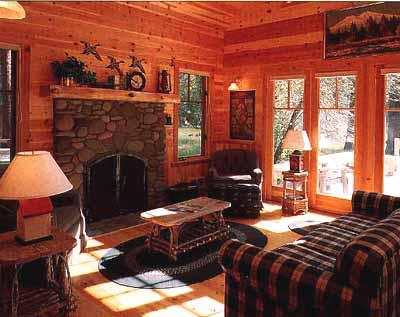Ranches,
cabins and pastures were established in the Camp Sherman area as early
as 1881. In about 1912, wheat farmers from Sherman County began
to
come to the area to vacation, camp and fish after the summer fallow was
plowed. Residents of Portland followed, also looking for
rest
and recreation. The tent camps gradually turned to platform camps
and then to modest cabins for summer use. Eventually, clusters of
cabins became small summer retreats.Today there are seven small
resorts.
Age took its toll on the rather crudely built cabins, some of which
were
replaced by parking sites for trailers and recreational
vehicles.
The Metolius River Resort consisted of several such cabins during the
1920s
and 1930s. They were gradually replaced with trailers during the
'50s and '60s. During this time the main building along
Suttle-Sherman
Road came to be a cafe and restaurant.
The site was sold in 1991
to
a new owner, whose vision was to restore the site to its character from
the1930's. The restaurant was remodeled in 1991 into the Kokanee
Cafe and the trailers and antiquated utilities were gradually removed.
The new utilities were placed underground and a state-of-the-art
sand-filter
system was designed and installed to safeguard the 
For more information go visit the Metolius River Resort Web Page
The Metolius
River
Resort, Camp Sherman, OR
Page created by: David Edrington, Architect
Changes last made on: May 17, 2000